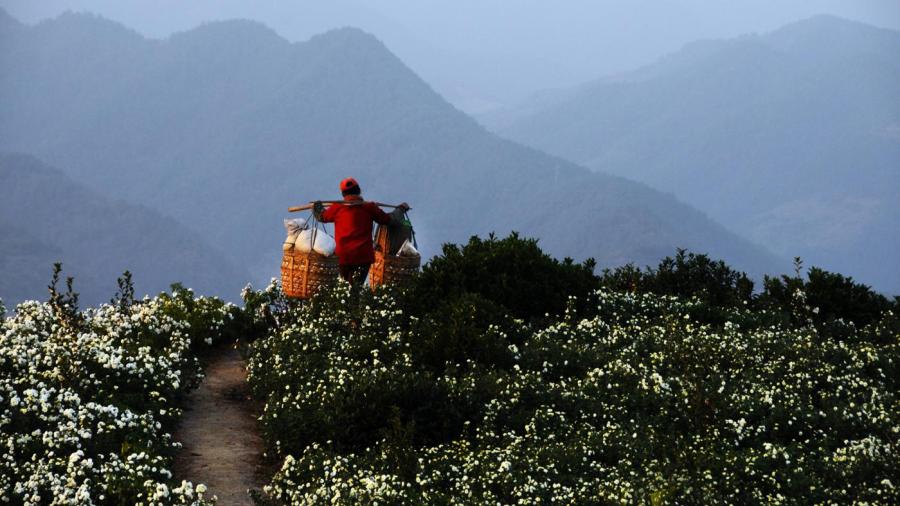What Were Ancient China’s Natural Resources?

The prodigious land area of ancient China harbored resources like coal, drinking water, numerous minerals and plant and animal life. China is the biggest producer of salt on Earth, with 17 million tons annually. There are 760 billion tons of coal located in China’s Shanxi region, and the 3 trillion cubic meters of rainfall and river water rank 6th in the world.
China ranks first in the world in the minerals graphite, tungsten, titanium, antimony, magnesite, pyrite, barite, flourite, zinc, rare earth, plaster stone and vanadium. China ranks high in the world for many other metals, such as molybdenum, iron, lead and others. Despite the abundance of natural resources contributing to agriculture, China’s huge population reduces the abundance of some of its reserves.
The abundance of iron in ancient China contributed to its advancements in iron-making. China was centuries more advanced than Europe in the same period in metal-making, where bronze weapons were exchanged for iron to make better weapons. Iron’s hardness necessitated the construction of better blast furnaces, which eventually led to the Chinese making steel weapons by adding carbon to strengthen the iron.
China is also one of the largest producers of cash crops on Earth, with rice and corn being major exports.





